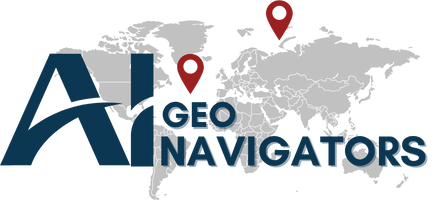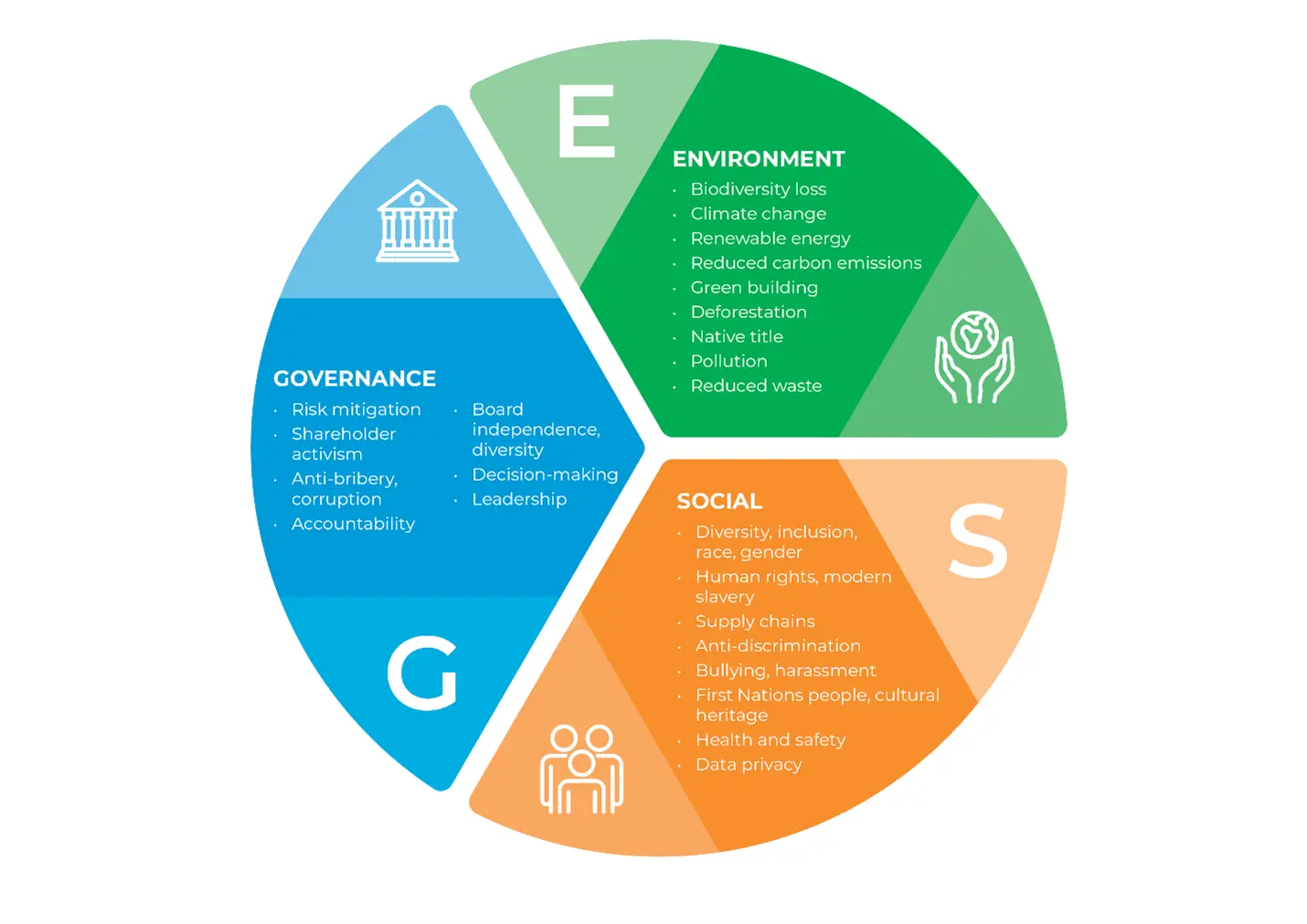What is ESG?
ESG stands for Environmental, Social, and Governance. It is a way to look at how a company performs beyond just making profits. Instead of only asking “How much money does the company make?”
Environmental (E): How does the company affect the planet? (carbon emissions, waste, energy use, water management, biodiversity, climate change response)
Social (S): How does the company treat people? (employees, customers, local communities, human rights, diversity & inclusion, health and safety)
Governance (G): How is the company managed? (leadership structure, transparency, anti-corruption practices, shareholder rights, accountability).
Why Does an ESG Framework Matter?
An ESG framework is like a rulebook or structured guide that helps companies measure, manage, and report on their environmental, social, and governance performance.
Here’s why it matters:
Builds Trust with Stakeholders
Investors, regulators, customers, and even employees want to see transparency. An ESG framework provides a clear way to show what the company is doing and how it is performing on sustainability and ethics.
Reduces Business Risks
Ignoring ESG issues can be costly. For example:
- Not managing emissions could lead to climate fines or carbon taxes.
- Poor labor practices could result in strikes or lawsuits.
- Weak governance could cause corruption scandals.
ESG frameworks help companies identify and manage these risks early.
Improves Financial Performance
Companies with strong ESG practices often perform better in the long run. They save costs through efficiency (like energy savings), avoid penalties, and attract more investors. Many investment funds now specifically look for ESG-compliant companies.
Supports Global Standards and SDGs
ESG frameworks align with the UN Sustainable Development Goals (SDGs) and international standards like the Paris Agreement. This helps companies stay globally competitive.
Access to Green Finance and Investments
More banks and investors are offering green loans, climate bonds, and ESG-linked investments. A company following ESG frameworks can unlock new sources of funding.
Enhances Brand and Reputation
Today’s customers care about sustainability. Companies seen as “green” and ethical often attract more loyal customers, better employees, and stronger partnerships.
ESG FRAMEWORKS AND STANDARDS
GRI (Global Reporting Initiative)
The Global Reporting Initiative is one of the most widely used frameworks for sustainability reporting. It provides companies with a structured way to explain their overall impact on the environment, society, and economy. GRI is broad in nature, covering everything from greenhouse gas emissions and water use to labor rights, workplace safety, anti-corruption, and community development. What makes GRI powerful is that it allows organizations to tell a complete story of their sustainability journey. For example, a textile company can use GRI to report on how much water is used in production, how it manages waste, and how it ensures fair labor practices. Governments, NGOs, investors, and the public often rely on GRI reports to evaluate how transparent and responsible a company is.
SASB (Sustainability Accounting Standards Board)
Unlike GRI, SASB is highly industry specific. It recognizes that the environmental and social issues that matter for one industry may not be relevant for another. For instance, a bank is more concerned with customer privacy, cybersecurity, and lending practices, while an airline is more focused on fuel efficiency and carbon emissions.
SASB has created 77 tailored standards one for each industry so companies can report on the ESG issues that are most material to their sector. Investors especially value SASB because it makes it easier to compare companies within the same industry. If two telecom companies report using SASB standards, investors can quickly assess their performance on key metrics such as data security breaches or customer satisfaction.
TCFD (Task Force on Climate-Related Financial Disclosures)
The TCFD framework is designed to help businesses and investors understand how climate change could impact financial performance. It was developed by the Financial Stability Board and focuses specifically on climate-related risks and opportunities. Companies reporting under TCFD address four areas: governance (how management oversees climate risks), strategy (how climate change could affect business plans), risk management (how risks are identified and managed), and metrics and targets (such as emissions and climate goals). This framework is especially important for industries vulnerable to climate change, like agriculture, real estate, and energy. For example, a food company might use TCFD to show how droughts could threaten crop supply and explain what adaptation measures are being taken. Investors and regulators rely on TCFD reports to assess how resilient companies are to climate shocks.
CDP (Carbon Disclosure Project)
CDP operates as a nonprofit platform that collects detailed environmental data from companies around the world. Its focus is on greenhouse gas emissions, water use, and forest-related impacts. Companies fill out questionnaires, and CDP scores them on a scale from A to D, with “A” representing leadership in climate action and “D” indicating limited disclosure. These scores are often used by investors, customers, and supply chain partners to benchmark a company’s environmental performance. A high CDP score can attract green financing, strengthen brand reputation, and demonstrate leadership, while a low score may damage credibility. For example, a technology company might report its carbon footprint across its entire supply chain and receive a strong score if it shows commitment to emission reductions.
IFRS S1 & S2 (ISSB Standards)
The newest global standards for ESG reporting are IFRS S1 and S2, created by the International Sustainability Standards Board (ISSB) under the International Financial Reporting Standards (IFRS). These standards aim to establish a global baseline for sustainability reporting, ensuring consistency across countries and industries. IFRS S1 covers general sustainability topics, while IFRS S2 is climate-specific and closely aligned with TCFD. Unlike many other frameworks, IFRS standards integrate sustainability data into financial reports, making ESG performance part of mainstream corporate disclosures. This makes it easier for investors to see the direct connection between sustainability and financial health. For instance, a mining company might use IFRS S2 to report on how future carbon regulations will affect profitability, placing that information alongside its financial results.
Conclusion:
In summary, each ESG framework serves a unique purpose. GRI gives a broad picture of a company’s sustainability impact. SASB narrows the focus on industry-specific issues, making comparisons easier for investors. TCFD emphasizes climate-related risks and opportunities linked to financial stability. CDP acts as a global scorecard for environmental performance. Finally, IFRS S1 and S2 bring ESG reporting into mainstream financial disclosure, creating a standardized global baseline. Together, these frameworks give businesses the tools to be transparent, responsible, and attractive to stakeholders who care about sustainability.


No responses yet